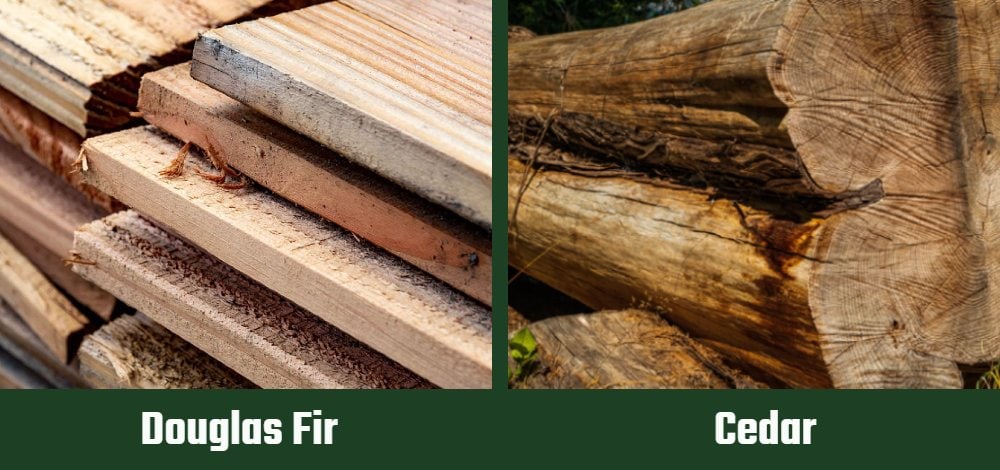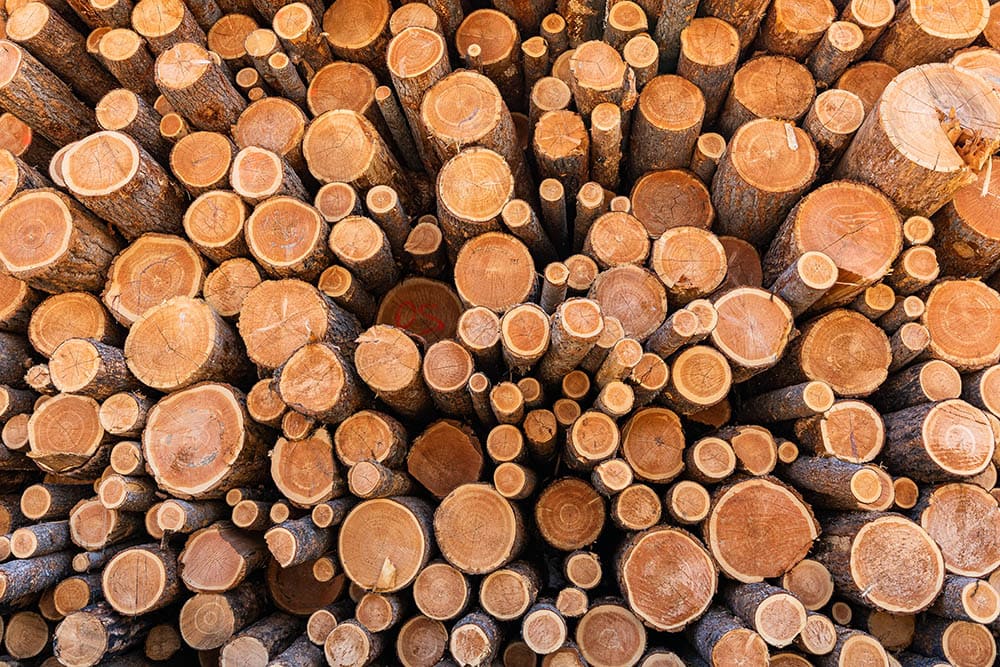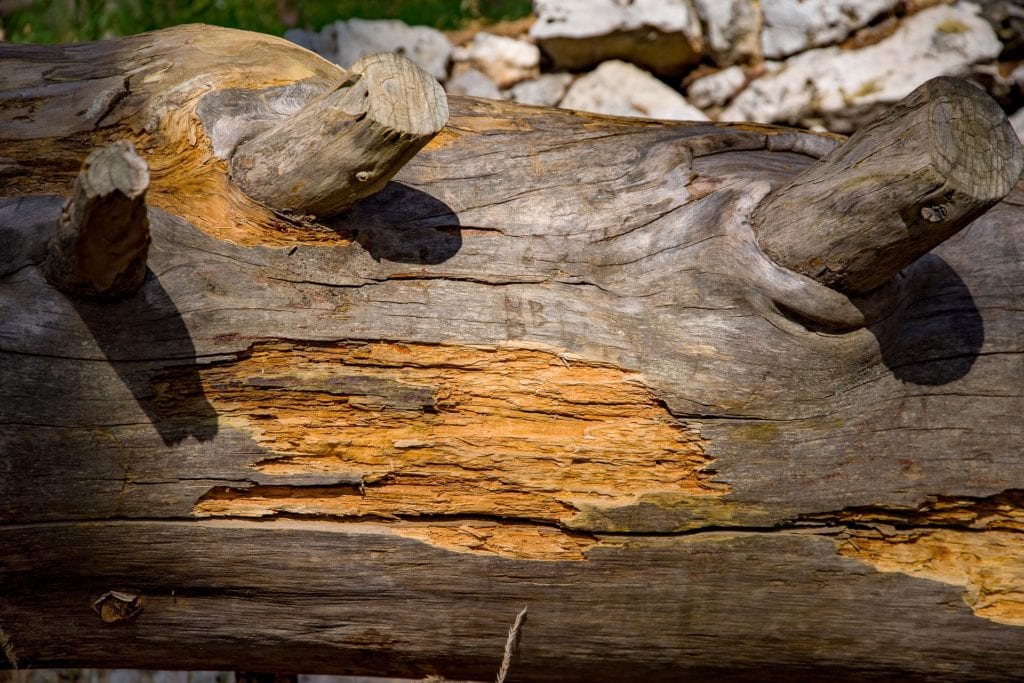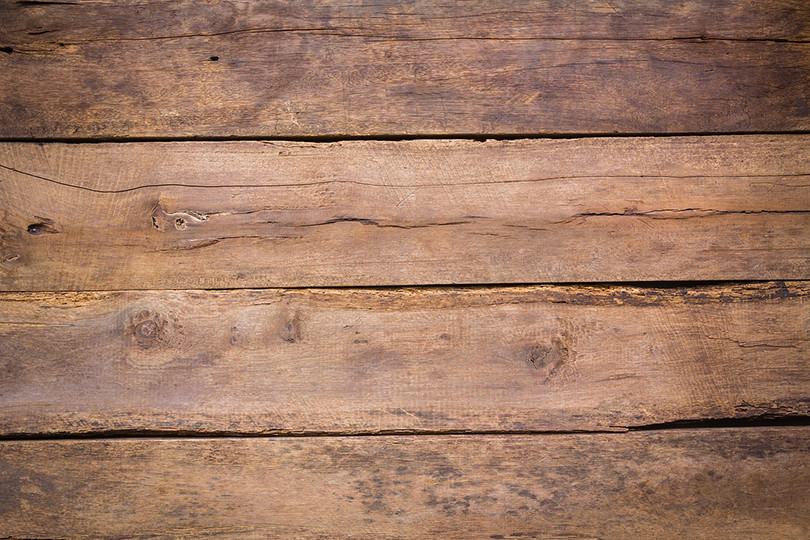Douglas Fir vs Cedar: What’s the Difference?
-

- Last updated:

Douglas fir and cedar are some of the most common building materials available in North America. They can be found in various sizes, shapes, and finishes in home improvement stores everywhere. But when it comes to your project, which is best for you? Is cedar or Douglas fir better? What are the main differences between these two common types of wood?
We are going to answer these questions and more in this comprehensive breakdown.

Overview of Douglas Fir
Douglas fir is a softwood that hails from the Pacific Northwest. The tree looks like a pine tree, and it produces tight-grained, light-colored wood that is great for various building applications. The trees are very common, and the wood is easy to work with, which makes Douglas fir a common and well-liked building material.

Appearance
Douglas fir is a white wood with a tight-knit grain pattern. It has a very clean and uniform look to it. In most cases, Douglas fir comes in smoothed on four sides (S4S) instead of rough cut or rough sawn. Douglas fir is available in boards, 2x4s, and beams. However, Douglas fir is most commonly purchased in 2x4s and beams.
Strength
Douglas fir has excellent structural strength. Douglas fir is commonly used in structural applications. Despite being a softwood, Douglas fir has a reputation for being extremely strong. The Douglas fir’s strength is one of its best features, and the wood has been used in everything from fencing, decking, structural joists, and even boats and aircraft. Douglas fir is better than cedar in terms of structural strength. It is often ranked as one of the strongest softwoods after Southern Yellow Pine.
Benefits
Douglas fir has some great benefits. It is lightweight, strong, and has a uniform appearance that is easy to work with. Douglas fir makes great wood for various products and is incredibly versatile. Douglas fir is also available in many sizes ranging from simple 2x4x8s up to 4x12x16-inch beams.
Cost
According to Wood Vendors, a 1×4 Douglas fir board is $7.65 per linear foot. That is slightly cheaper than Cedar but in a similar price tier. Douglas fir has increased in price in recent years due to an ongoing trade dispute with Canada. Most of the Douglas fir sold in the United States is imported from Canadian forestry companies, and those companies were forced to pay high duties and tariffs on their exports.
That has driven the cost of both Douglas fir and cedar up far above where it was a decade ago. The Douglas fir’s cost stands out compared to domestic southern yellow pine, which is stronger than Douglas fir and is grown in the United States.
For purely structural purposes, Douglas fir is cost-prohibitive compared to pine. Douglas fir will do better as a wood used for its looks combined with its strength due to the cost.
- Structurally strong
- Uniform look
- Widely available
- Not rot resistant
- Expensive compared to pine

Overview of Cedar
Cedar is another softwood that is popular among builders and craftsmen. The most common species used in North America is western red cedar. Western red cedar is primarily grown in the Pacific Northwest, like Douglas fir. It is grown in large redwood forests that stretch from Oregon up through British Columbia. Cedar is prized for its color, natural resistance to rot, and smell.

Appearance
Cedar is known for its rich red and brown color. The color is very distinctive and sticks out compared to the almost bone-white appearance of Douglas fir. Cedar often comes rough-sawn and can also be purchased in a smooth finish. The rugged, rustic look of cedar lends itself to the rough-sawn look. Cedar is available in boards, 2x4s, and beams ranging from 1x2s up to 4x12s.
Strength
Cedar’s biggest downside is that it is not a very strong wood. It does not have the structural strength of Douglas fir, so it is not often used as joists or structural beams. Cedar’s strength lies in its durability and longevity. Cedar is naturally resistant to rot and bugs, which means it can last outdoors for years, sometimes even decades, with very little upkeep.
It’s ideal for garden beds, siding, roofing, and fencing. Cedar is also suitable for non-structural buildings like pergolas and benches. However, it has a very soft face. Cedar is not recommended for flooring or decking because it is likely to scratch during active use. That is a big contrast to Douglas fir, which is a prized decking material in some parts of the country.
Benefits
Cedar has minimal upkeep requirements. It can be left outdoors for years without worrying about bugs, sun, water, or general wear and tear. Sometimes, cedar can even be left raw with no sealants or paints. Its softness also makes it easy to work with. It is easy to cut and shape for specific projects. It is also lightweight compared to similar woods, making it easy to handle.
Cedar also has a distinctive smell that many people love. The smell of cedar is a favorite among the woodworking community, and some people even put cedar in their homes just for the scent. The pleasing smell comes from the oils in the wood that repel insects and keep the wood from rotting or being eaten. These characteristics have even made cedar a favorite material for building saunas.

Cost
According to Wood Vendors, a 1×4 cedar board costs $8.20, which is $0.55 higher than Douglas fir. Cedar is not cheap, especially compared to other wood like pine or spruce. Western red cedar is suffering from the same tariff costs as the Douglas fir since a large amount of western red cedar is imported from Canada. Cedar is not the cheapest wood on the market, but it is one of the most versatile and durable.
- Naturally resistant to rot
- Naturally resistant to bugs
- Smells great
- Versatile
- Soft surface
- Not structurally strong

When To Use Cedar vs. Douglas Fir
Choosing between Douglas fir and cedar depends on the project. Douglas fir should be used in projects that require structural stability and strength. Cedar should be used in projects exposed to the elements and left outside. Cedar should not be used in structural projects, and Douglas fir will need extra care if it is left completely exposed to the elements.
Appearance can also factor in. Many people love the rich color of cedar and the rustic look of the boards. Others like the white color of Douglas fir and the sharp, clean lines it provides builders.
| Cedar | Douglas Fir |
| Exterior siding | Decking |
| Window trim | Structural beams |
| Raised beds | Interior furniture |
| Pergolas | Flooring |
| Fencing | Boats |
Can Douglas Fir Be Used Outdoors?
Yes. Douglas fir can be used outdoors. It is moderately rot-resistant, but it is not as bug-resistant as cedar. In many cases, Douglas fir cannot be left outdoors unprotected. It will need to be stained, sealed, or covered. Exposed Douglas fir will eventually degrade and rot if unprotected, but it can still be used outside.
Is Cedar Good For Indoor Use?
Yes. Despite having many benefits, cedar can be used inside. Some people use cedar as trim, closet lining, or furniture. Cedar gives any space a rustic look that is very popular. The smell of cedar is also a nice addition to an indoor space where the airflow keeps the smell trapped for longer compared to outside.

Which is Better: Douglas Fir or Cedar?
The answer to whether Douglas fir or cedar is better overall will depend on who you ask and what the purpose of the wood is. There is no clear winner between these two kinds of wood. In fact, they are very similar.
They come from the same region of the world, are both softwoods, are at a similar price, and offer excellent benefits for outdoor and indoor use. Douglas fir is stronger and more uniform. Cedar is more resistant, lightweight, and has a deep red color. The choice between the two can vary by project or by person.

Conclusion
It is hard to go wrong with cedar or Douglas fir. They are both incredibly popular for a reason. They are strong, durable, and look great. In most cases, Douglas fir or cedar will be a perfect choice for your project. It all depends on what your vision and end goals are. Anything made from these two top-notch softwoods is likely to turn out great.
Featured Image Credit: (L) TasfotoNL, Shutterstock | (R) Jon Spalding, Shutterstock
Contents

